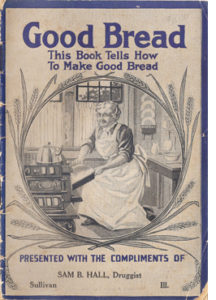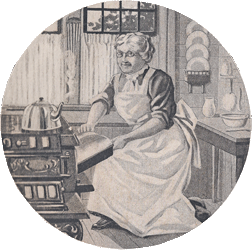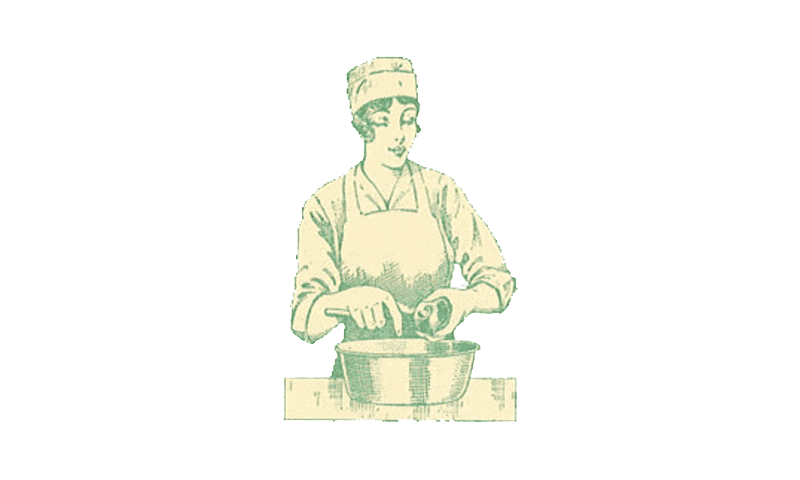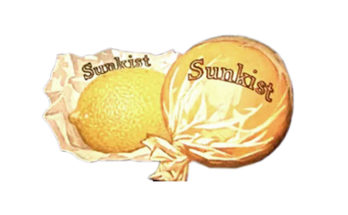
c. 1915: Good Bread, This Book Tells How To Make Good Bread
Vinol Cod Liver advertising booklet
How to Have Good Bread
To Have Good Bread the Following Rules Must Be Observed
- Use the best flour, it is the cheapest in the end.
- Always sift flour or meal for bread twice.
- Part milk and part water is preferable for mixing raised bread. If milk is used, scald it first and let it cool to blood heat before using. In winter the water or milk used in mixing should be lukewarm, and if the flour be kept in a cold place, warm it before using.
- In summer the water need not be warmed, but the milk should be scalded and cooled.
- To make biscuits crisp use water instead of milk for mixing and double the quantity of shortening.
- Bread should be kneaded until perfectly smooth, and so elastic that an indentation made with the finger will instantly fill up again.
- Bread should be double its bulk at the first rising in four hours, and in one hour at the second rising.
- Bread should be dept in large tin boxes, or earthen jars which should be scaled frequently and, then dried in the sun.
White Raised Bread.
Sift two quarts of flour into a mixing bowl. Rub into the flour two tablespoonfuls of butter or lard until it is fine, like meal; add one scant tablespoonful of salt, and one tablespoonful of sugar. Draw the flour to the edges of the bowl leaving a hole in the middle with about two inches of flour covering the bottom of the bowl.
Dissolve thoroughly one cake of compressed yeast in a teacupful of lukewarm water, and pour the liquid into the hole in the flour. stir in the flour from the edges, adding sufficient lukewarm water, or milk and water mixed, to knead well. Knead for half an hour, then cover to exclude all air, and set to rise. When it is well risen, knead again for ten minutes, divide into loaves and put in well greased pans. Cover, and let it rise again to the top of the pans. Bake in a moderately hot oven nearly one hour.
[Editor’s Note: Fresh Baker’s Yeast, or Compressed Yeast is often not available in supermarkets. Compressed Cake Yeast has a short shelf life. Pizza restaurants that make their own dough and bakeries often purchase fresh yeast cakes, if you’re daring enough to ask if you may buy a small block! Otherwise, here is a Red Star conversion table from cake yeast to dry yeast, and Red Star’s science and history of yeast.]
32-pages.



